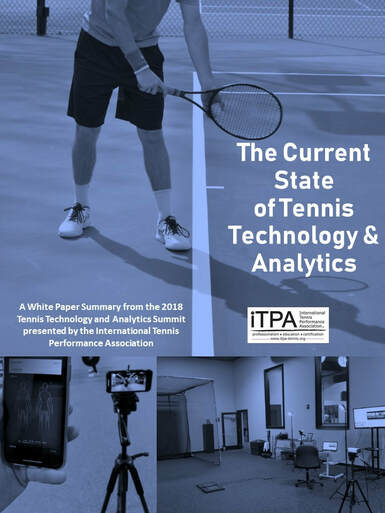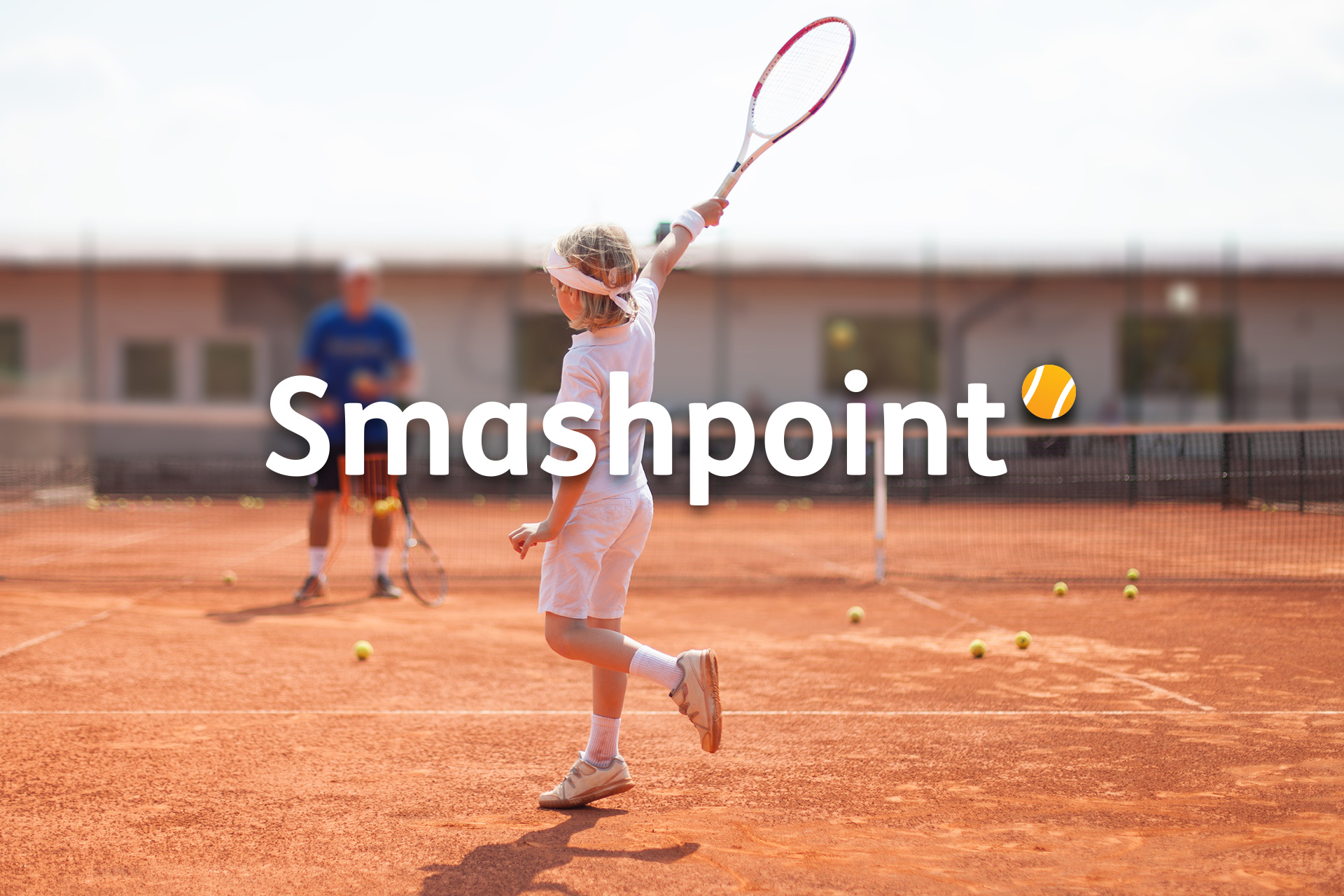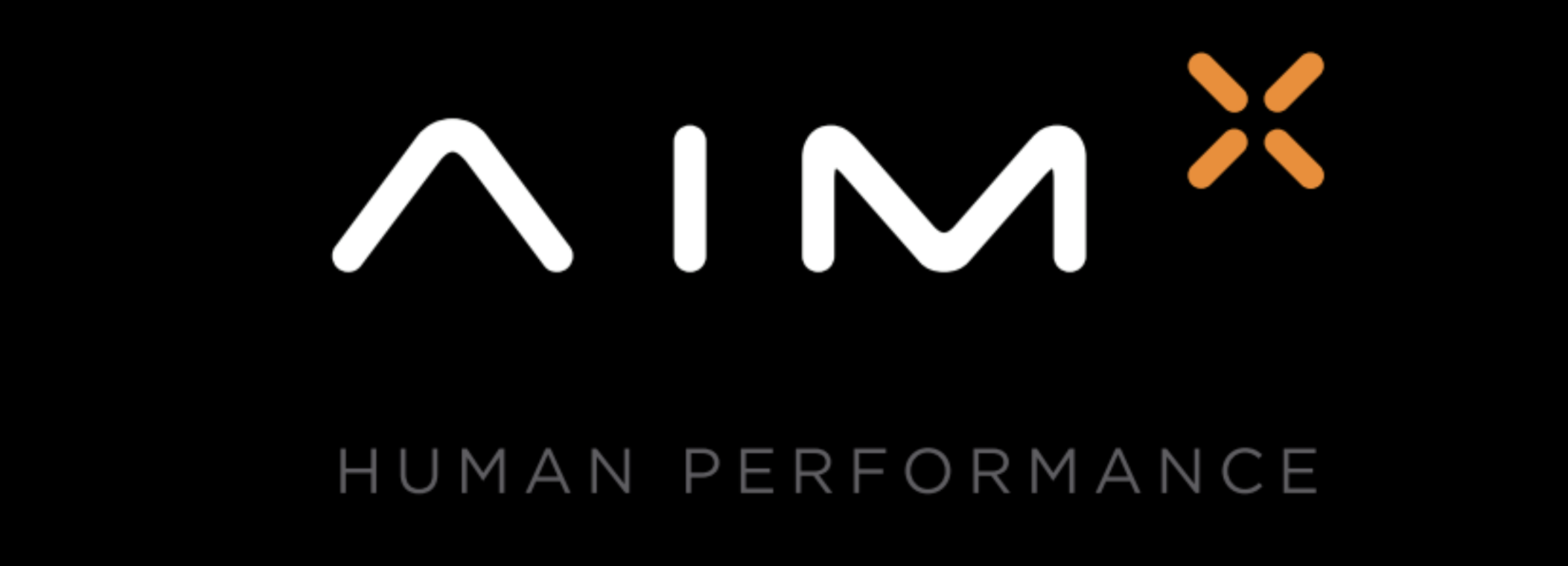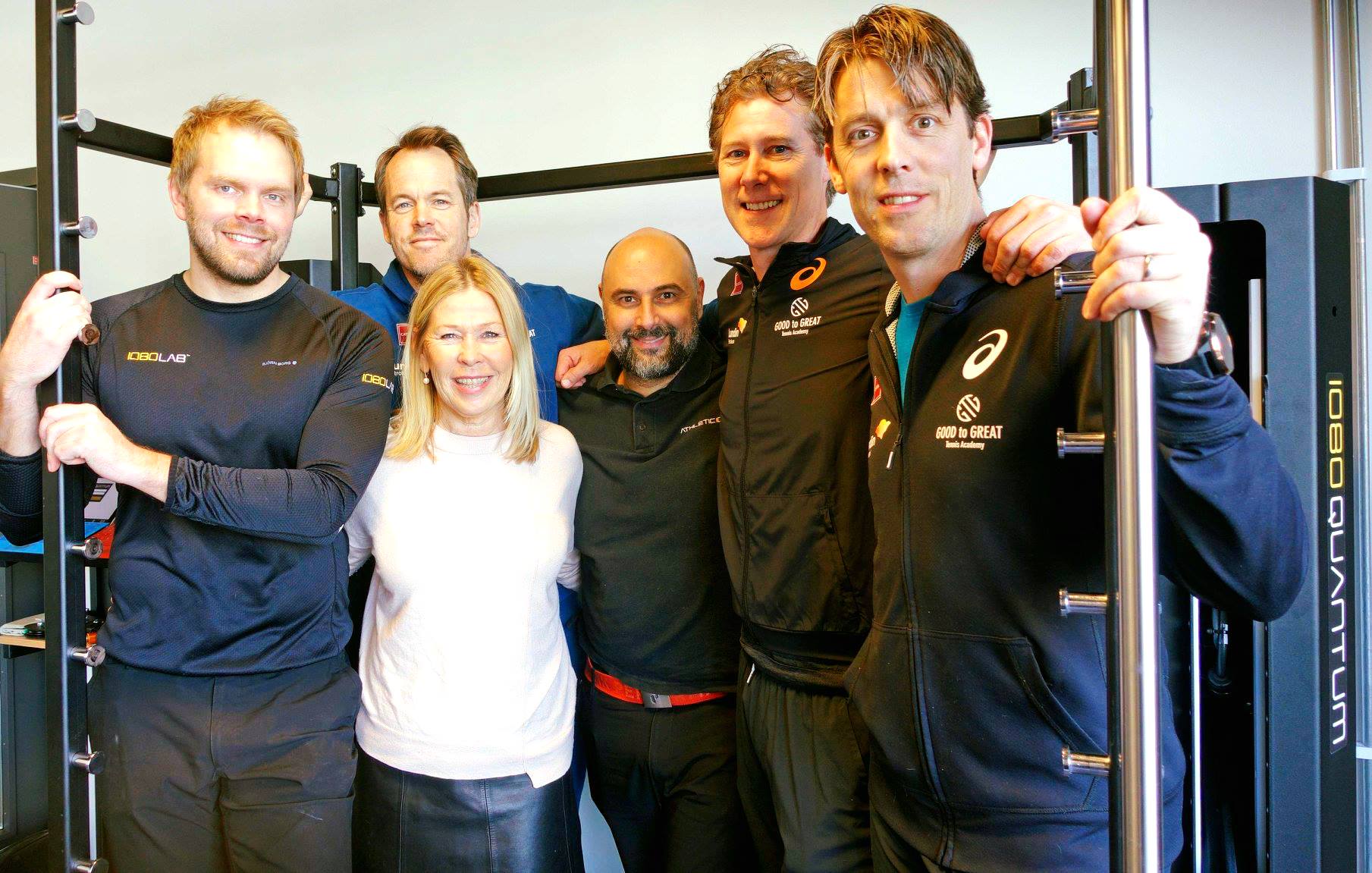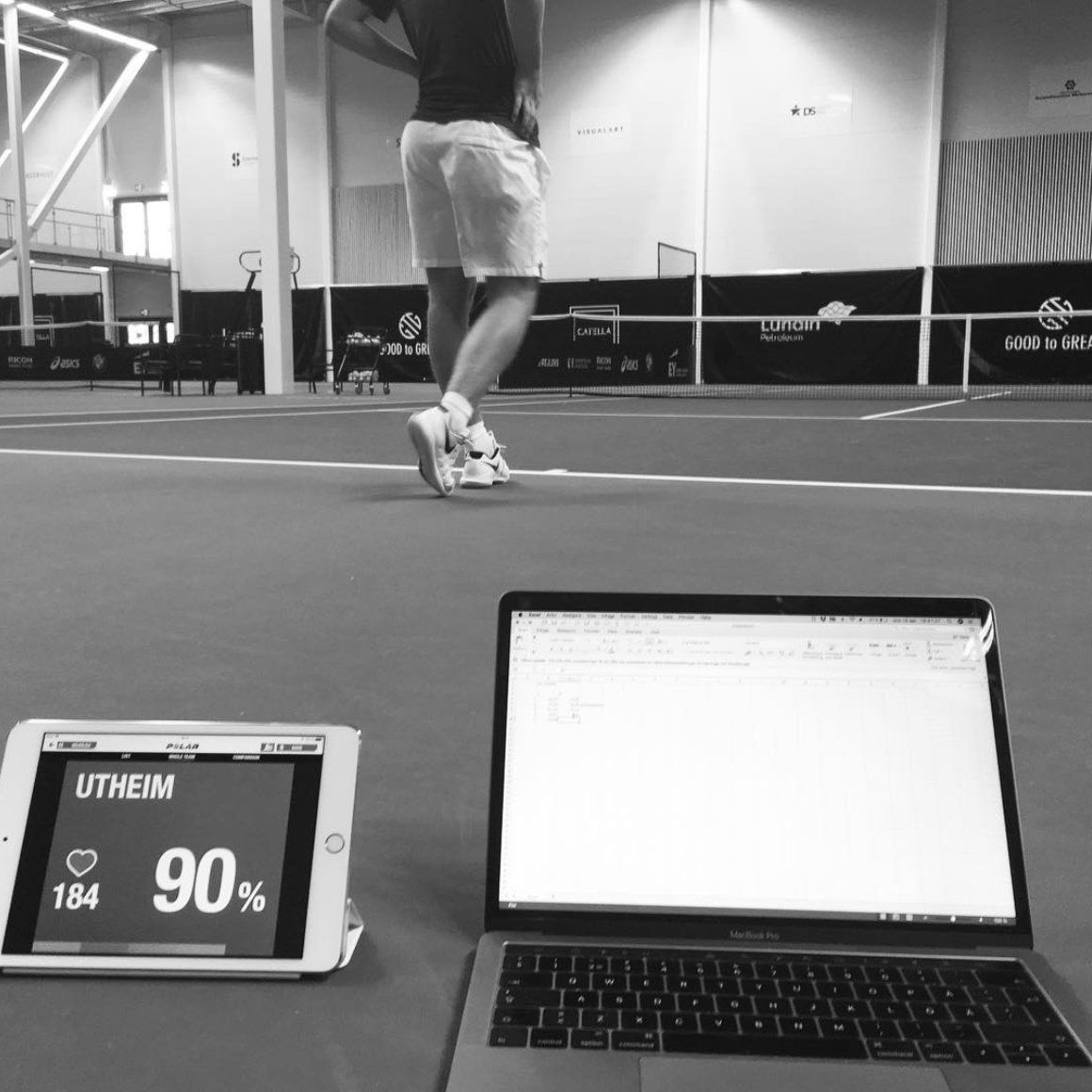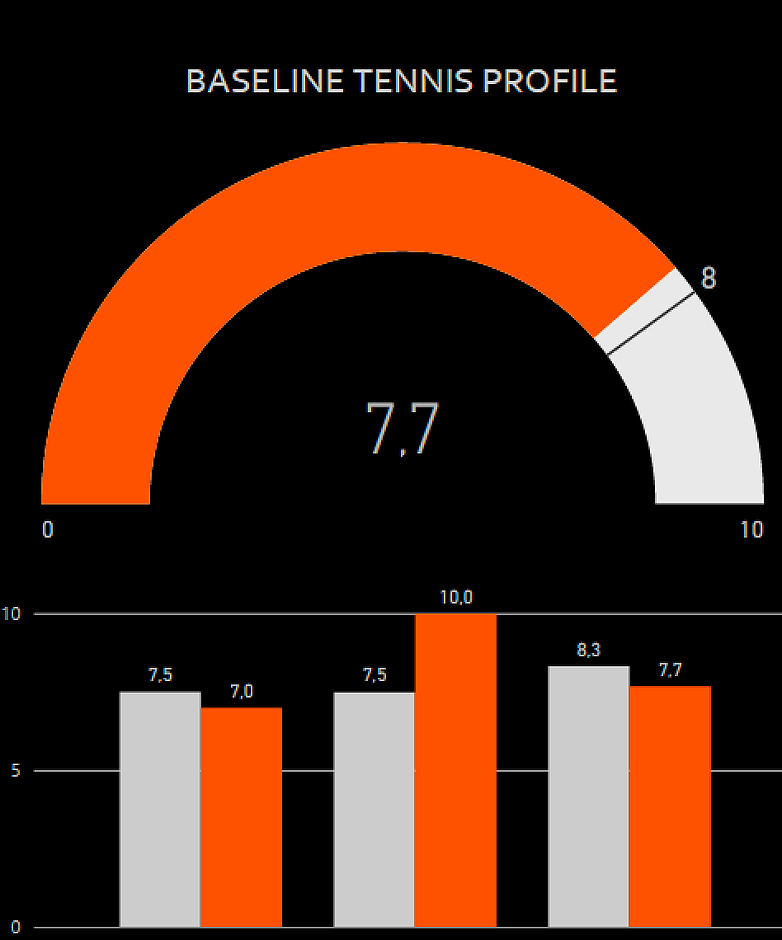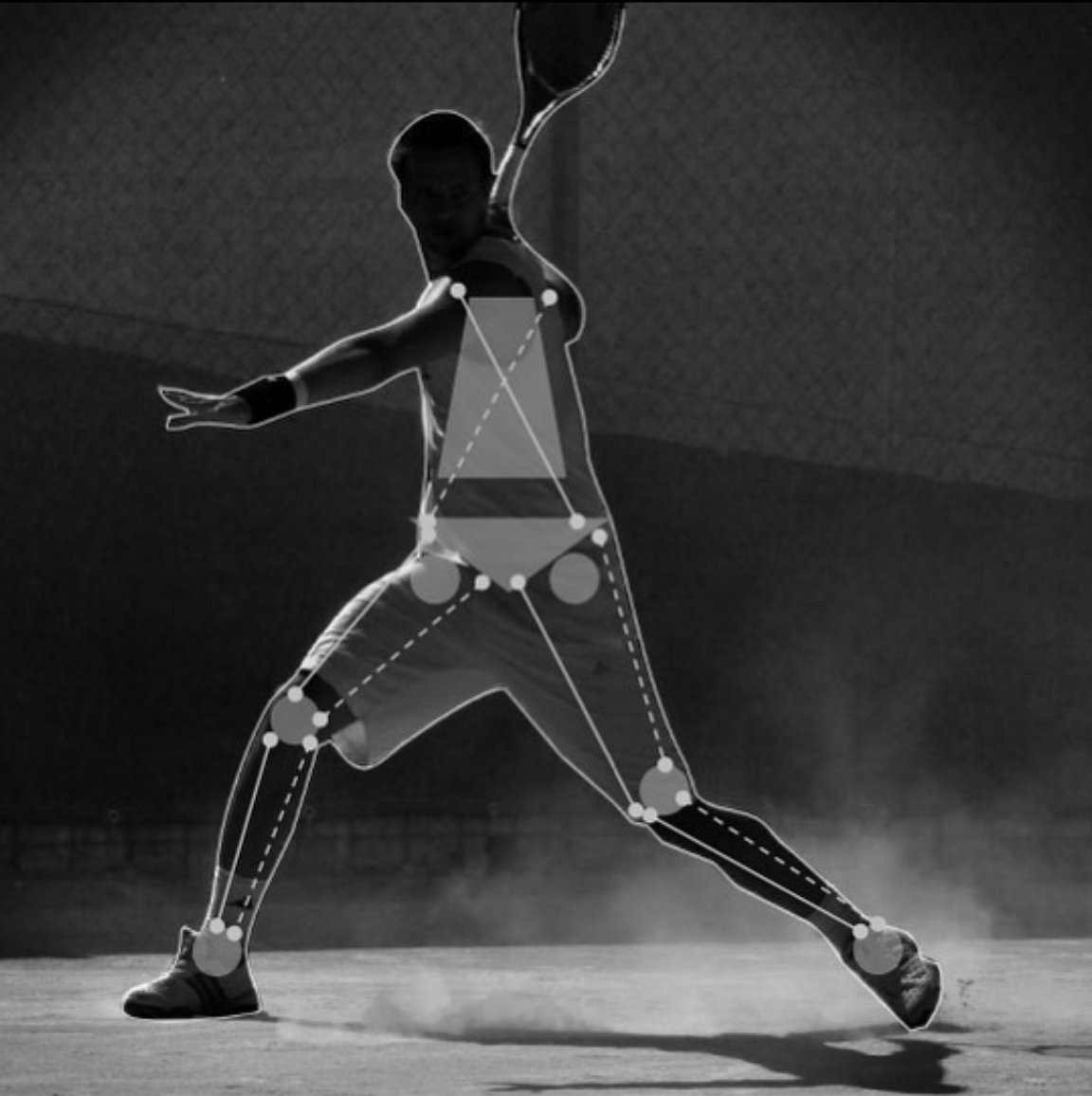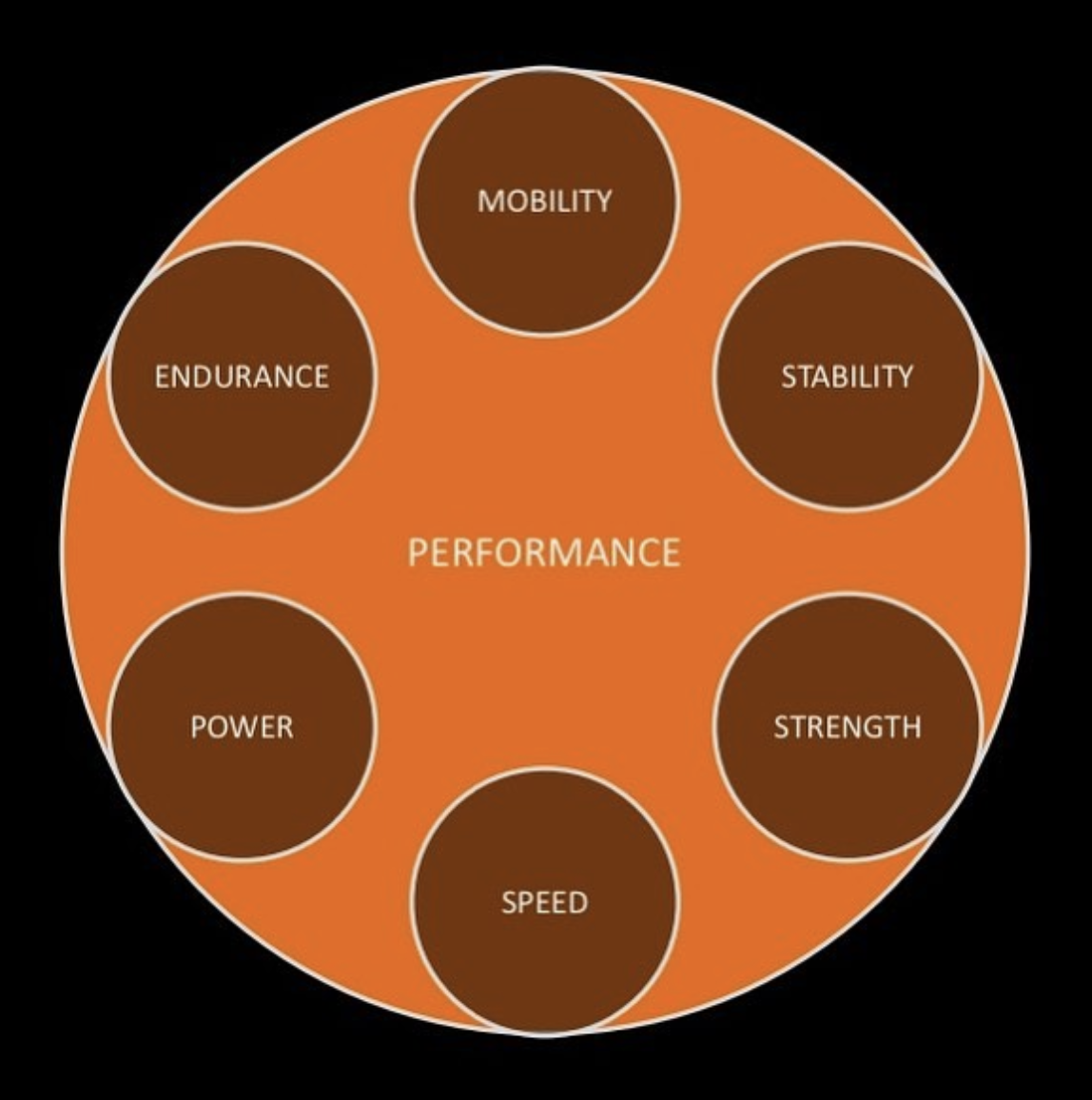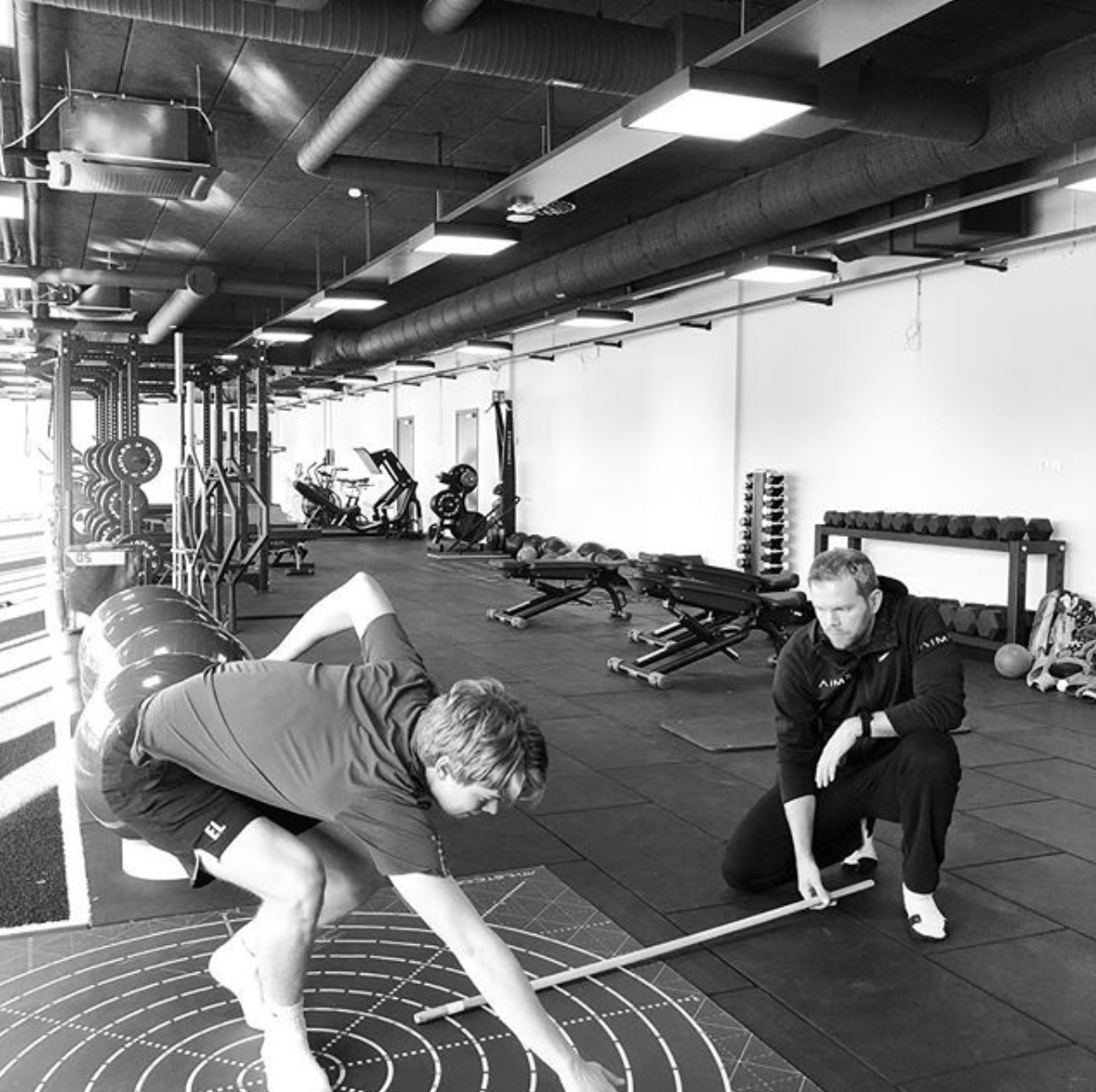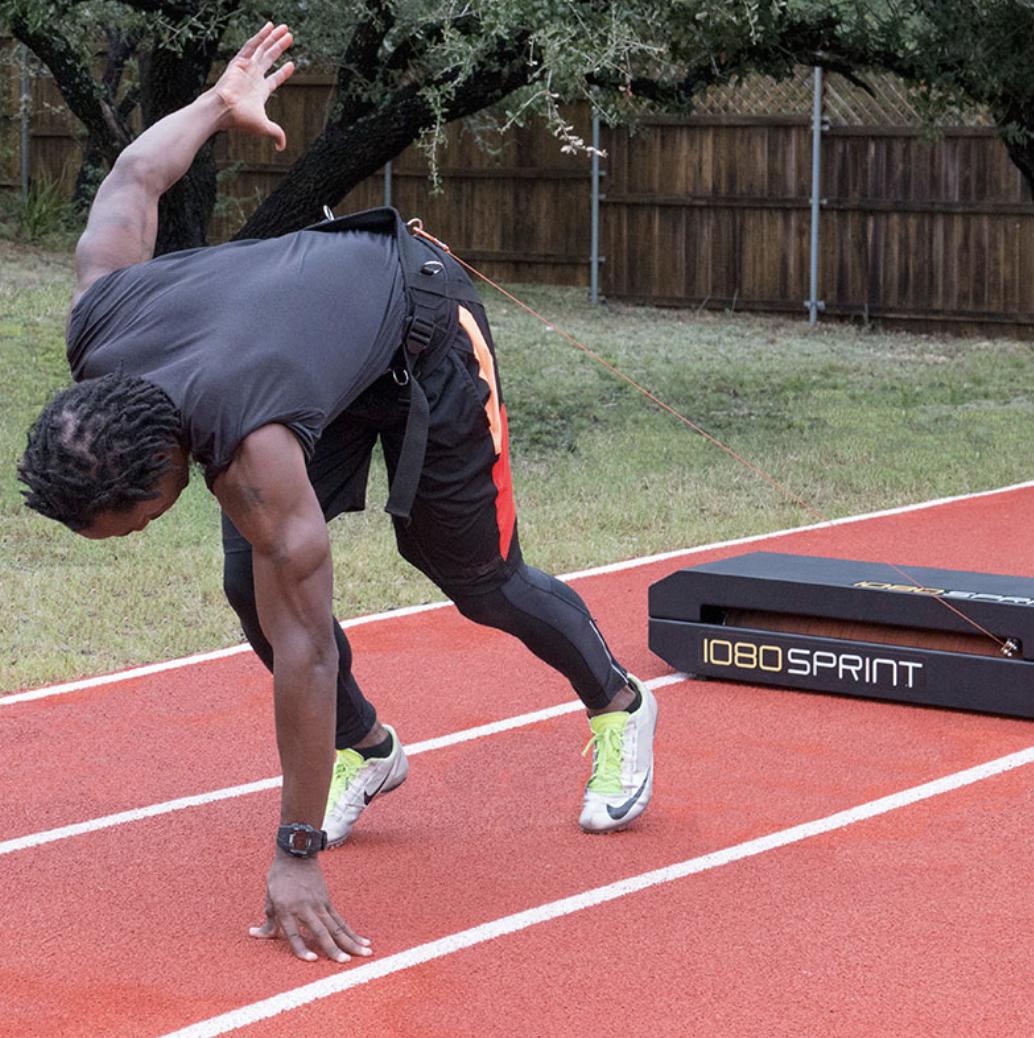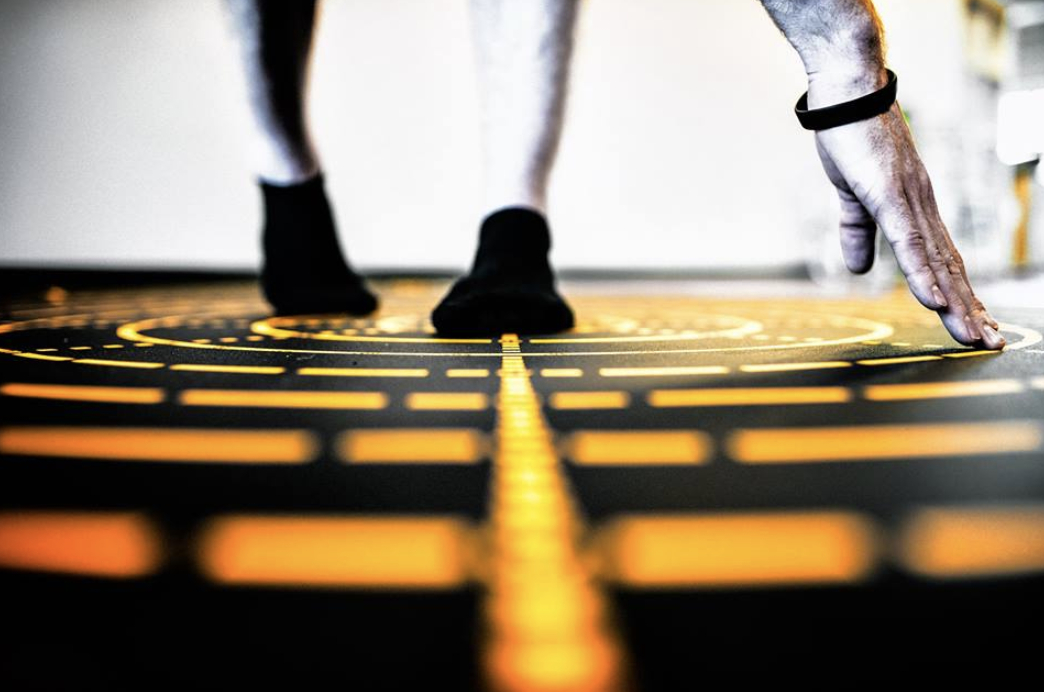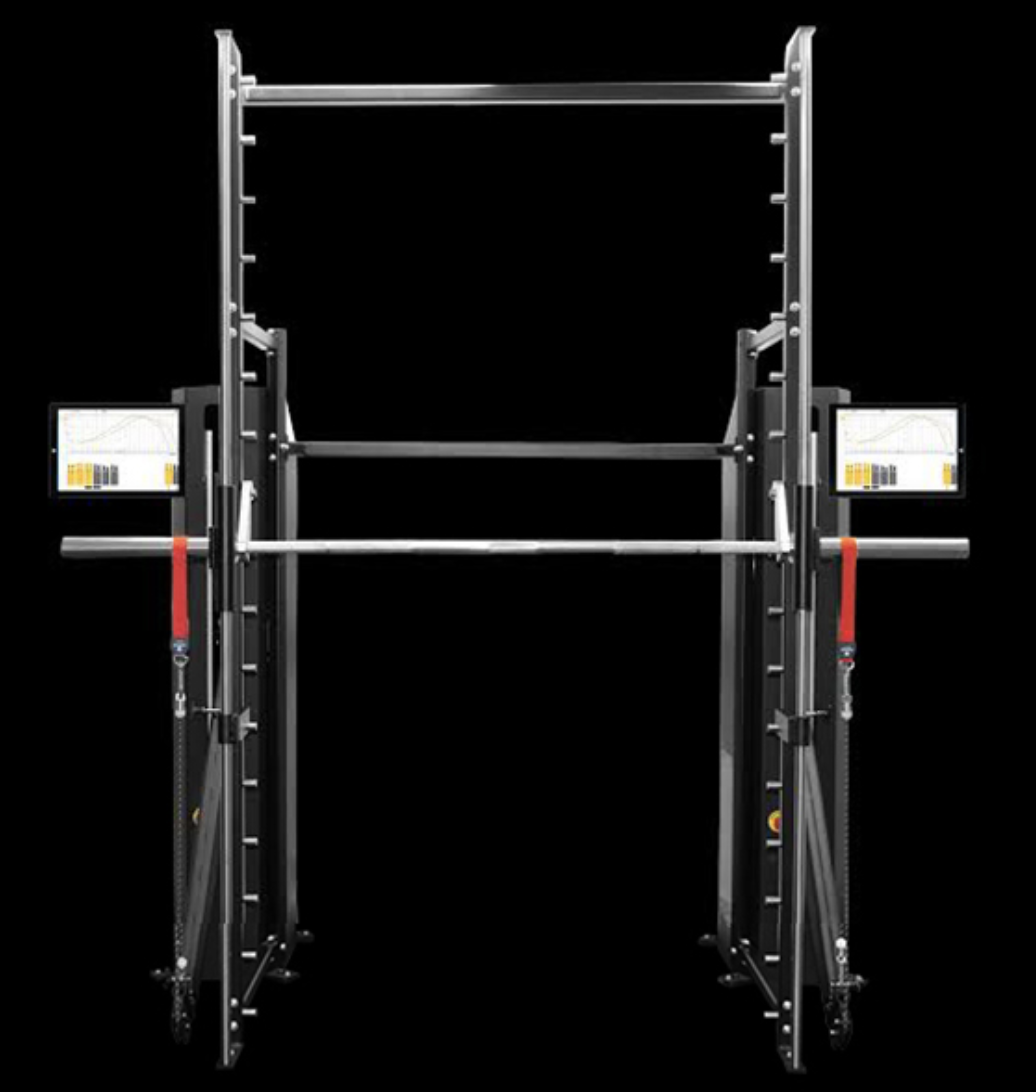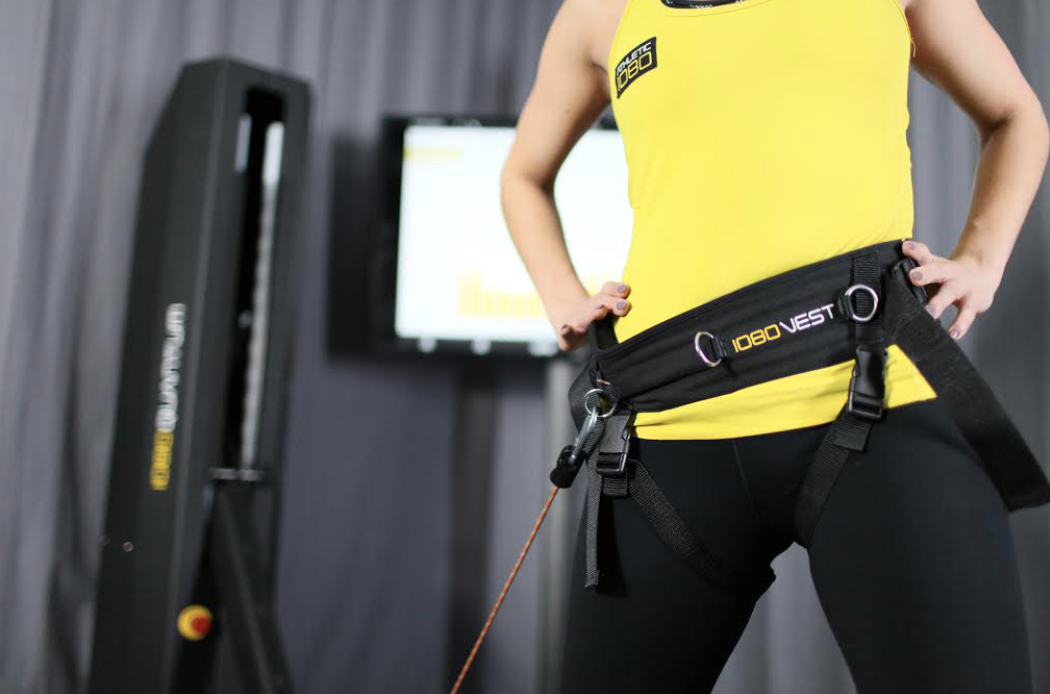The Current State of Tennis Technology and Analytics
We had the privilege to present at the very first Tennis Technology and Analytics Summit organized by the International Tennis Performance Association. Thank you Dr. Mark Kovacs for leading the charge in our field! Please see an introduction below and a link to full documents being first of their kind in the tennis industry.
______________________
A White Paper Summary from the 2018 Tennis Technology and Analytics Summit
presented by the International Tennis Performance Association
As part of the 2018 World Tennis Fitness Conference, the International Tennis Performance Association hosted a half day Summit on Tennis Technology and Analytics. The purpose behind the Summit was to bring practical experts together to discuss the State of the Tennis Industry and provides some recommendations for the future.
“The Science of Today is the Technology of Tomorrow”
The growth of technology and analytics in all sports has grown exponentially in the last decade. The tennis industry has embraced many aspects of technology and analytics, but also has many areas that continue to be developed to improve the sport in all the various areas.
Tennis Needs Innovation
The first step in innovation is understanding where the areas of strength and the areas of opportunity exist. To improve technology and analytics in the sport of tennis, it is paramount to bring together the best minds in the industry and focus on what we currently do well and what we can improve on. Read full ITPA article…

